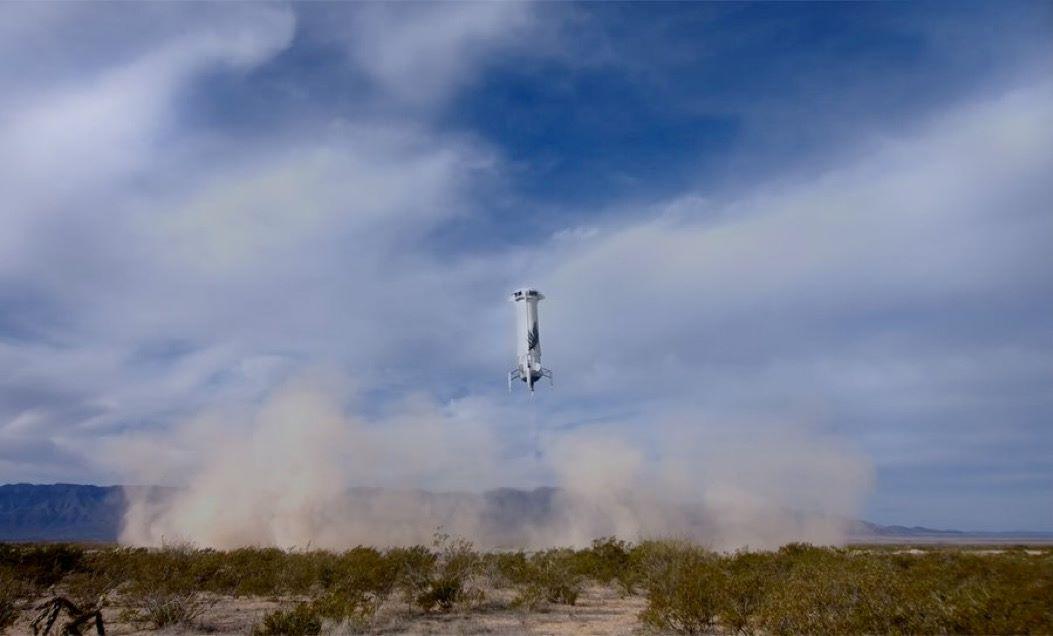
Credit: Blue Origin
After a 15-month hiatus to address a booster nozzle issue that caused its last launch to fail, Blue Origin’s New Shepard vehicle returned to suborbital space on Dec. 19 for a cargo flight ahead of resuming passenger service next year. The reusable, two-stage New Shepard vehicle lifted off from the...
Subscription Required
Blue Origin Returns New Shepard To Flight is published in Aerospace Daily & Defense Report, an Aviation Week Intelligence Network (AWIN) Market Briefing and is included with your AWIN membership.
Already a member of AWIN or subscribe to Aerospace Daily & Defense Report through your company? Login with your existing email and password.
Not a member? Learn how you can access the market intelligence and data you need to stay abreast of what's happening in the aerospace and defense community.





